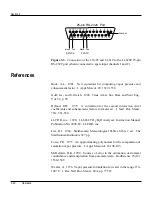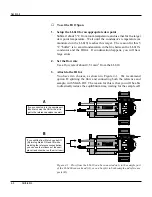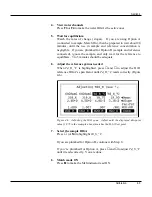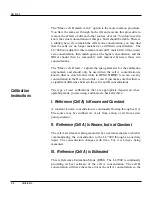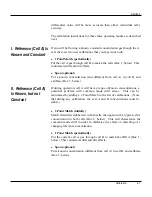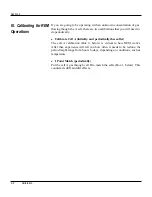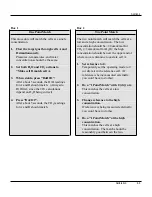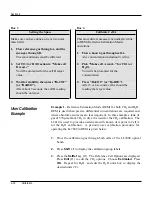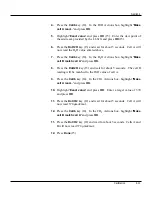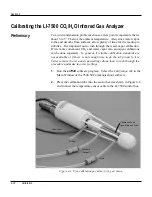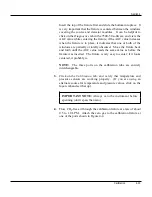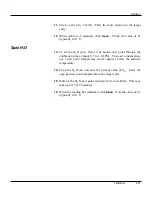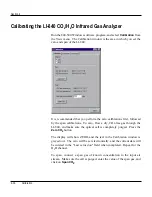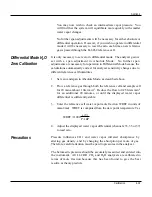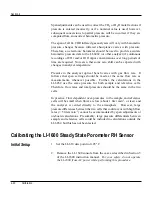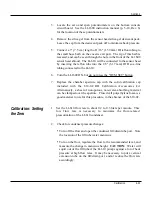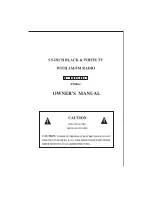
Section 4
4-6
Calibration
The “Make cell B match cell A” option is the most common procedure.
You flow the same air through both cells and execute this procedure to
remove the effects of dirt and other sources of error. You don’t need to
know the actual concentration of this gas, but it should be stable. There is
a subtlety here: if you match the cells at one concentration, you may find
that the cells are no longer matched at a different concentration. The
LI-7000 can adjust for this common mode drift: match first with a (near)
zero concentration, then match again at the higher concentration, and the
IRGA should then be reasonably well matched between those two
concentrations.
The “Make cell B read...” adjusts the span parameter for the calibration
polynomial, and should only be used when the cell A concentration is
known (that is, don’t do this while in REM). NOTE: You can use any
concentration in the B cell to do this - even 0; just make sure that there is
a significant difference between the cell A and B concentrations.
Calibration
Instructions
The type of user calibrations that are appropriate depend on what
operating mode you are using, and there are basically three:
I. Reference (Cell A) Is Known and Constant
A constant, known concentration is continually flowing through cell A.
The source may be scrubbed air, or air from a tank, or air from a dew
point generator.
II. Reference (Cell A) Is Known, but not Constant
The cell A air stream is being measured by an external analyzer, which is
communicating the concentration to the LI-7000 through an auxiliary
input. The concentration changes with time, but it is always being
measured.
III. Reference (Cell A) is Estimated
This is Reference Estimation Mode (REM). The LI-7000 is continually
providing its best estimate of the cell A concentration. The cell B
concentration will have the same error as the cell A concentration, so the









